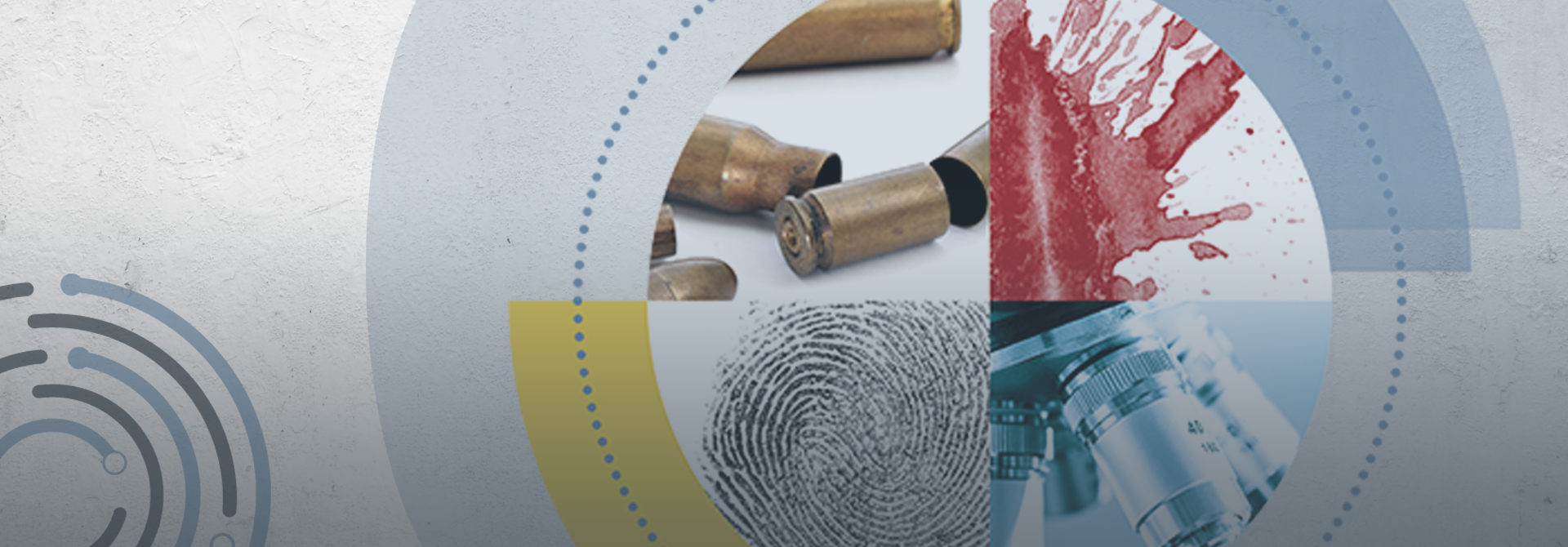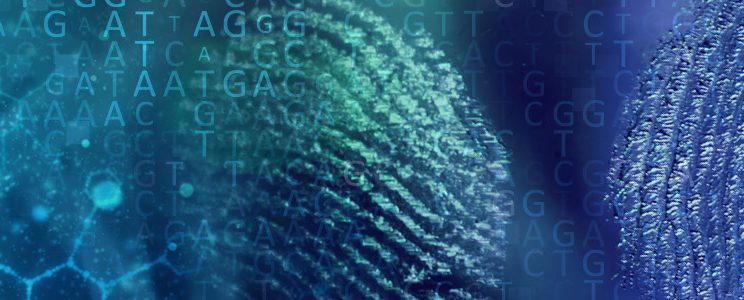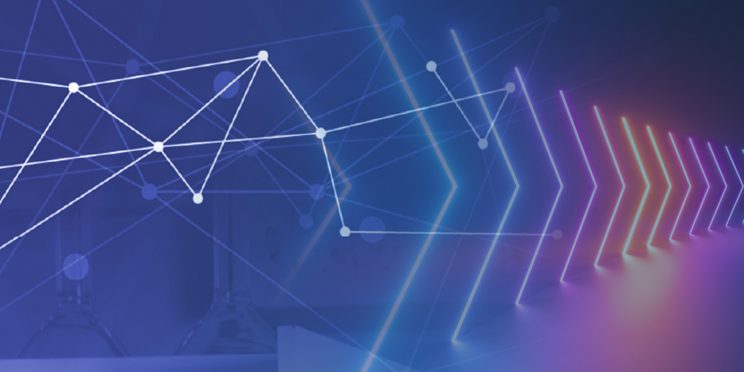Overview
IPTES was designed to bring together practitioners and researchers to enhance information-sharing and promote collaboration among the impression, pattern, and trace evidence analysts, law enforcement, and legal communities. This original Live Webinar took place on 01/25/2018.
The National Institute of Justice (NIJ) and the Forensic Technology Center of Excellence (FTCOE) are committed to improving the practice of forensic science and strengthening its impact through support of research and development, rigorous technology evaluation and adoption, effective knowledge transfer and education, and comprehensive dissemination of best practices and guidelines to agencies dedicated to combating crime. The future of forensic sciences and its contribution to the public and criminal justice community is a motivating topic to gather expertise in a forum to discuss, learn, and share ideas.
Impression & Pattern Breakout - Day 2 AM: Part 2
- Quantitative Methods for Forensic Footwear Analysis
- Martin Herman, Ph.D. | National Institute of Standards and Technology
- A Comprehensive Research on Shoeprints RACs
- Yaron Shor, MS | Israel Police Department of Investigative Forensic Sciences
- The Effects of a Prior Examiner’s Status and Findings on Lay Examiners’ Shoeprint Match Decisions
- Nadja Schreiber Compo, Ph.D. | Florida International University
- Generalizing Across Forensic Comparative Science Disciplines
- John Vanderkolk, BA | Indiana State Police Laboratory
- Sufficiency and Complexity Factors in Handwriting Examination
- Cami Fuglsby, MS & Linton Mohammed, Ph.D. | South Dakota State University
- Deep Learning in Handwriting Comparison
- Sargur Srihari, Ph.D. | University at Buffalo, The State University of New York (SUNY)
Funding for this Forensic Technology Center of Excellence webinar has been provided by the National Institute of Justice, Office of Justice Programs, U.S. Department of Justice.
The opinions, findings, and conclusions or recommendations expressed in this webinar are those of the presenter(s) and do not necessarily reflect those of the U.S. Department of Justice.
Contact us at ForensicCOE@rti.org with any questions and subscribe to our newsletter for notifications.




